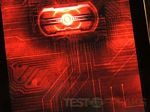
The Motorola Droid, is no doubt a popular phone, now we have the Droid 2 running the Android 2.2 and some beefier specs. It very much resembles the original Droid in design, and I can understand why nothing changed much as it was a good design. What changes were made were for the better, like a larger keyboard and faster CPU. I just realized that it’s been almost a year since the original Droid came out, so let’s take a look at this new version and do a little bit of comparison as well to the original.
The Droid 2 is running on the Verizon Wireless network, and it comes in a nice looking box.
Inside the box you’ll find documentation, USB style AC Adapter, back cover, USB cable, and battery.
When you first take out the phone it has a screen protector on it with labels. Below the screen you’ll find the familiar Menu, Home, Back and Search buttons.
The buttons are arranged differently on the Droid 2 than they were on the original.
Here’s the original Droid on the left and the Droid 2 on the right:
The Droid 2, like the original Droid is a slider, it opens to reveal a nice large keyboard. Missing is the directional pad that was on the original Droid, which makes more space for the keyboard.
Here’s the Droid 1 and Droid 2 keyboards:
Then here’s a close up of the Droid 2 keyboard. The larger keyboard is much nicer and you really don’t need the directional pad at all for navigation, so no one will miss it.
On the left side you’ll find the micro USB port, then on the right is the volume and camera buttons. On the top you’ll find the audio jack and power/lock button.
The back looks very similar to the original Droid. Here’s the Droid 1 on left and Droid 2 on the right:
Removing the back cover you’ll find the battery compartment and microSD slot. One thing bother me though, you have to take out the battery to insert or remove the microSD card. There’s 8gb on-board memory and the phone comes with an 8gig card, but it can be expanded to a 32gb for a total of 40gigs of storage which isn’t too shabby.
Specifications:
Whether it’s being used as a Wi-Fi mobile hotspot or a mobile PC, DROID 2 by Motorola is a juggernaut at both work and play. With its powerful 1 GHz processor and Android 2.2 with Adobe Flash Player 10, DROID 2 allows the kind of access to the web that only a Flash supported phone can offer – full and rich. And with the intuitive QWERTY keyboard and expandable memory (up to 40 GB!), DROID 2 has the tools to turn you into a web-rocketing, message-crafting, super you.
DESIGN:
* 3.7″ Touch Screen 480×854 WVGA Display — supports up to 16M colors
* Slide–Out QWERTY Keyboard
CAMERA/VIDEO:
* 5.0MP camera with auto focus, touch–to–focus, and face detection, panoramic modes, and more.
* DVD–D1 Video capture with easy upload to YouTube, slow–motion capture, fast motion capture and more.
* DLNA Wireless sharing of photos, video, and music with other DLNA compatible devices (Server, Controller, Player, Upload and Download)
* Blockbuster Mobile Application for downloading full–length movies the same day they are available on DVD.
* Dedicated Camera Key
MUSIC:
* Android Music Player
* Create and manage playlists
* Amazon MP3
* 3.5mm Headset Jack
FEATURES:
* TI OMAP 1GHz processor with Dedicated GPU
* 8GB Internal memory for emails, texts, and apps
* 8GB pre–installed microSD card for music, videos, and pictures (expandable to 32GB)
* Android 2.2 (Froyo) OS with Motorola Application Platform
* Integrated Google , Exchange, Facebook, Myspace, and Twitter Contacts
Specifications:
* All–Digital, 800/1900, CDMA EVDO rev A
* Dimensions: 4.58″ (H) x 2.38″ (W) x 0.54″ (D)
* Weight: 5.96 ounces
* Usage Time: up to 575 min.
* Standby Time: up to 315 hrs
* SAR: Head: 1.49 W/kg; Body: 1.50 W/Kg
* Battery: 1400 mAH Li–Ion
Price:
Full Retail Price: $559.99
Price with 2yr contract: $299.99
Online Discount: -100.00
Your Price: $199.99
The Droid 2 is running Android 2.2, or Froyo, and the yesterday it got another update actually, just a small one, but an update nonetheless.
There are sliding panels like any Android phone with three on each side of the home screen. On the bottom three buttons are always showing, Phone, Apps and Contacts. At stock, in the panels you’ll find social networking, contacts, news, media player and a few other things. They all can be reconfigured to your own liking of course.
Here’s the Apps that come son the phone, please note I added a few as I was testing things out, and generally just enjoying the phone.
There’s a few things of interest here like the 3G Mobile HotSpot, DLNA, along with Amazon MP3, Blockbust and even the Kindle makes a showing here. This might be considered a small gripe, but the calculator is just a calculator when you switch to landscape mode.
Under Settings you’ll find all the usual things, not much has changed.
Another difference between the original Droid and the Droid 2 is the addition of Wi-Fi 802.11N specifications which makes wireless browsing that much faster. Web browsing on the Verizon network is fairly fast as well, but that’s no surprise as I haven’t had much problems with Verizon here in Pittsburgh PA. The browser is like other with pinch to zoom, but Android 2.2 has flash now so your browsing experience should be a little better. I never realized just how much I used flash until I didn’t have access to it, it’s nice to have it back.
The display is the same size, so not much has changed there. It’s only 3.7”, and most newer smart phones these days are larger, but it’s not that big of a difference really.
The keyboard lights up when you slide the phone open, but it’s not that bright really. The original Droid seemed brighter to me, not that big of a deal though.
The keys seems nicely spaced apart and they’re all raised a bit. The middle two rows are raised opposite each other, meaning the top ones are raised towards the top of the keyboard, and the bottom ones are raised towards the bottom of the keyboard. The keys are a bit hard to press, but I would think that after time they would break in.
I used the Droid 2 with a Bluetooth headset and without, no problems with any calls to report there. Calls were clear and I always had a signal no matter how I held the phone or where I went.
The battery is a problem I think, Motorola lists some very high specs for it and I didn’t get that at all. I could get at least a day out of it with light usage though, like checking email, making some calls and browsing the web a bit. Once you start playing games and music and watching videos and doing other things the battery will start to drain faster. I think I got about 2/3 battery life, which still is a little over 6 hours, and that’s not too bad, but it’s common for smart phones.
If you’re into gaming then you’ll really like the upgraded processer, it handles them smoothly and with ease.
Lastly we have the camera to take a look at. There was a time when a came in a cell phone was just a so-called feature that took really bad pictures. In the past year or so though technology has advanced to the point where we’re seeing actually decent camera with high megapixel sensors in them, and some even have a flash. Some of these are actually as good as a stand alone digital camera, an inexpensive one anyway. Many people are leaving their cameras at home, more and more I see people using their phones for taking all sorts of pictures including family gatherings.
One thing that didn’t change is the camera, it’s still the same 5mp as was on the original Droid.
The Droid 2 does have a dedicated camera button but you can use the touch screen button that looks like a shutter.
Tapping the Settings button makes a menu pop up on the bottom with choices for Picture Modes, Tags and Settings. There are four Picture Modes to choose from, Single Shot, Panorama Assist, Self Portrait and Multi-Shot.
Under Settings you actually won’t find much. One thing I didn’t see there was the option of where to store your photos, apparently they default to the storage card.
If you touch the screen a small menu pops out on the right side with four choices for Scenes, Effects, Flash and Switch To. The flash is just to toggle the flash modes, and Switch To is to switch to video camera and back.
There are eight Scenes to choose from, including a Macro mode but I found Auto works fine for close ups and far away shots.
When you click effects you’ll get to scroll through eight of those as well with an instant preview of each of them.
So now it’s time for some sample pictures. The Droid 2 does have a zoom, but when you zoom in the resolution gets lower. These pictures were taken indoors in bright light from varying distances with and without zoom, in Auto Focus Mode. The falsh was set to Auto, but never fired for any of the following pictures.
The pictures, especially from farther away seem a bit dark, but they are crisp and clear with good detail and coloring.
I then turned the Flash on for these two, with not much different results really.
Lastly here’s the Effects:
Conclusion:
The new Droid 2 is certainly an improvement over the original Droid in several areas. The keyboard has had a much needed re-design, gone is the directional pad to make room for larger keys that are easier to type on. The faster CPU just makes the entire experience that much better really.
The Droid 2 is certainly a worthy successor and worth the upgrade if you currently have the original Droid.
There are a couple small issues, but none are deal breakers, more of inconveniences than anything.
Pros:
+Updated keyboard is much nicer to use
+Faster processor
+Fast and easy to use
+Running Android 2.2
Cons:
-Did not get rated battery time
-Camera could be better indoors
-Must remove battery to access microSD card
| Grades: | |
| Overall |  |
| Design |  |
| Performance |  |
To learn more about our review policy please visit this page HERE.

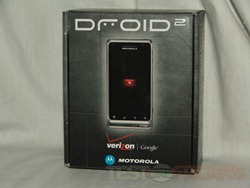
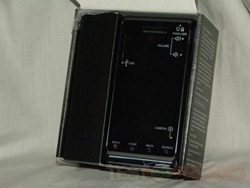
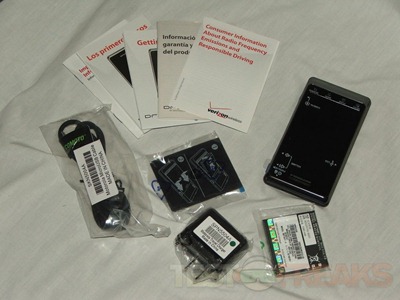
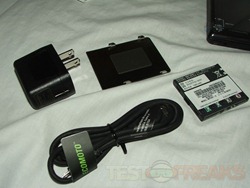
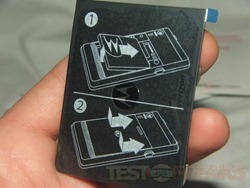
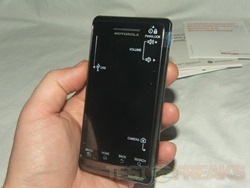
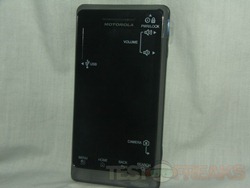

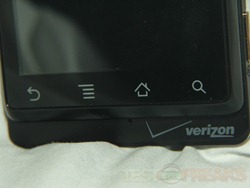
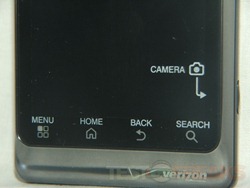
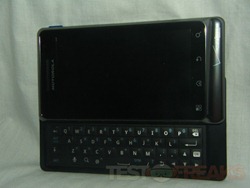
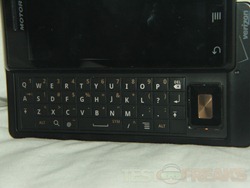
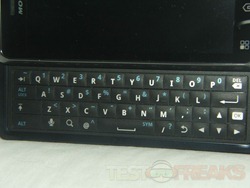
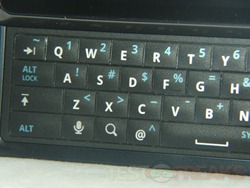
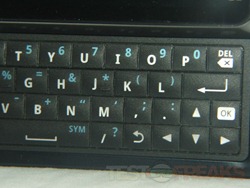
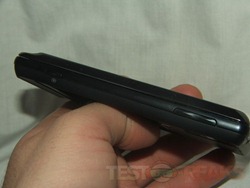
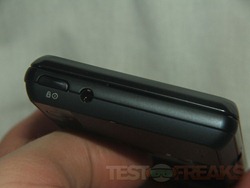
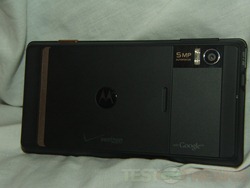
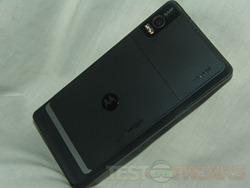
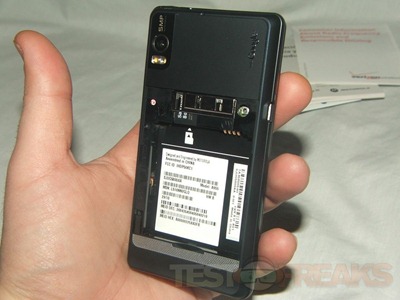

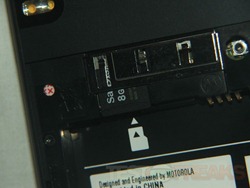
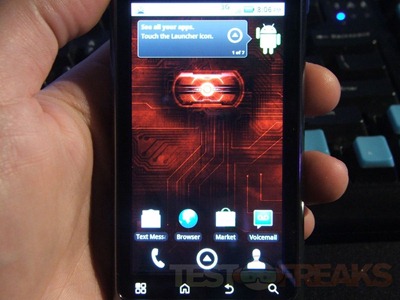
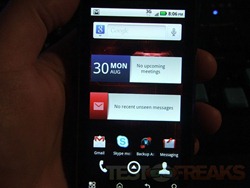
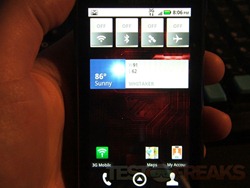
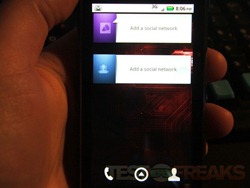
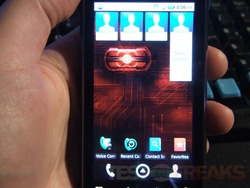
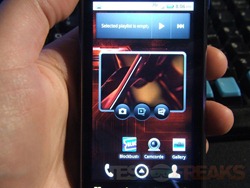
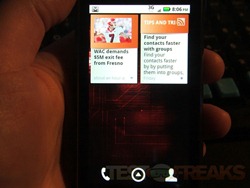
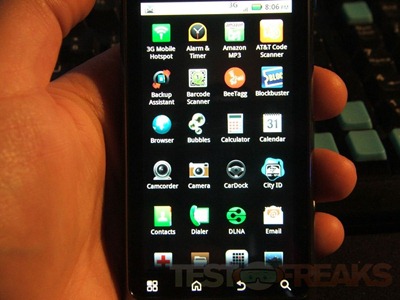
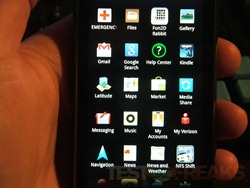
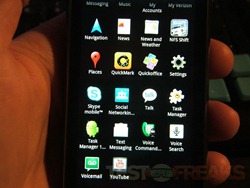
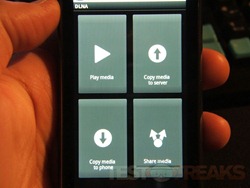
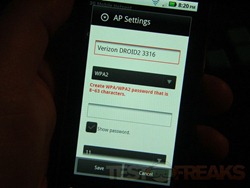
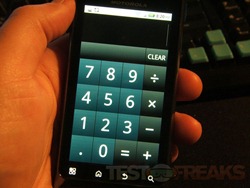
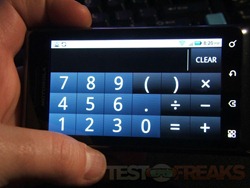
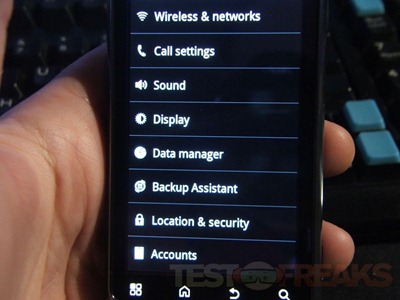
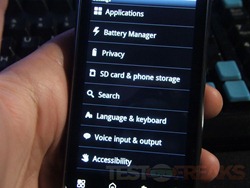
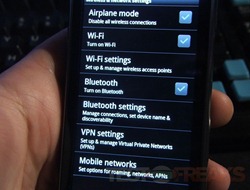
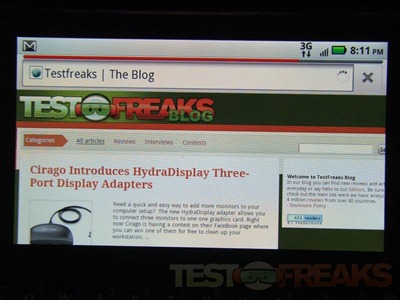

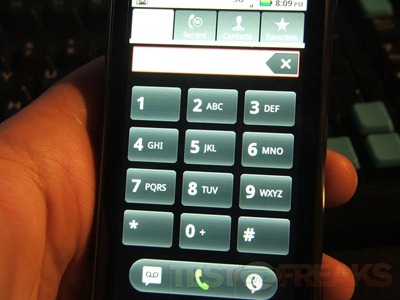
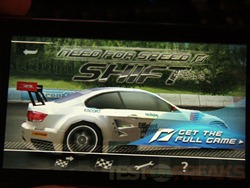
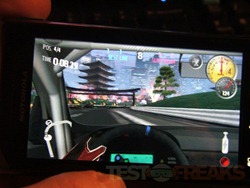
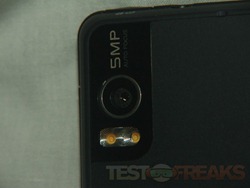
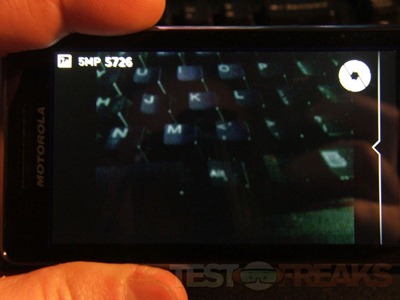

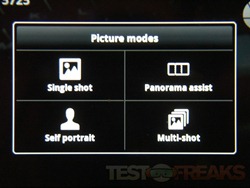
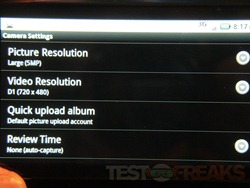
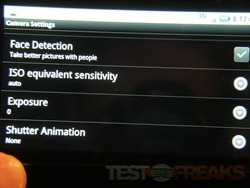
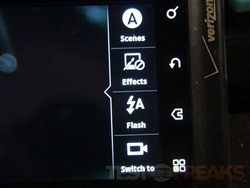
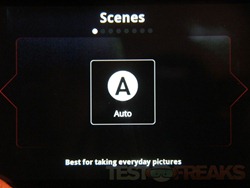
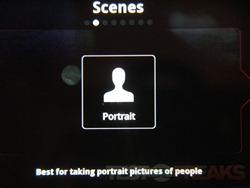

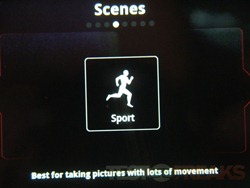
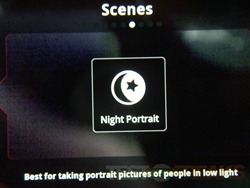
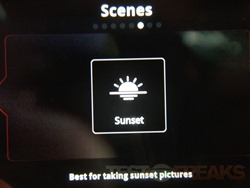
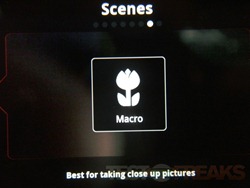
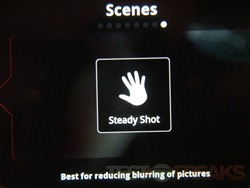
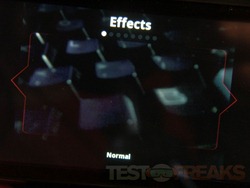
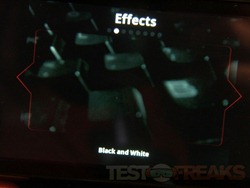
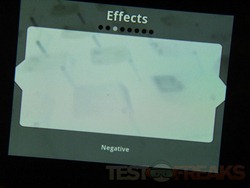
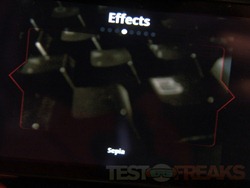
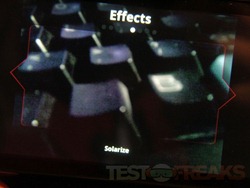
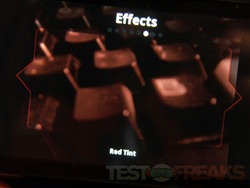
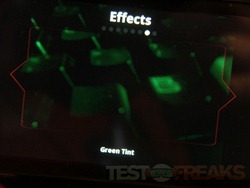
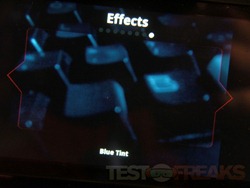
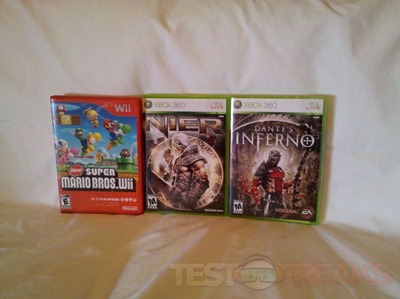
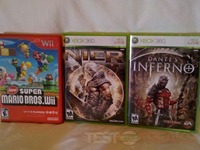
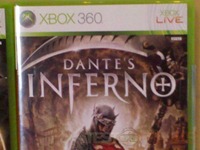
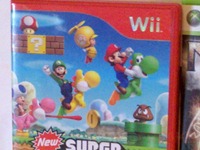
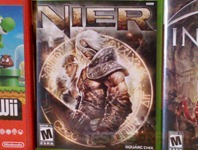
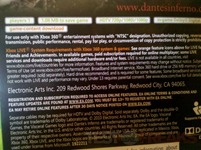

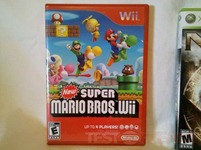
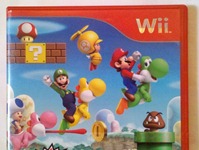
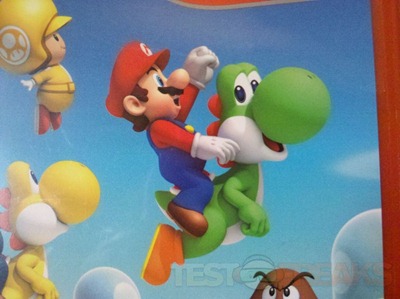
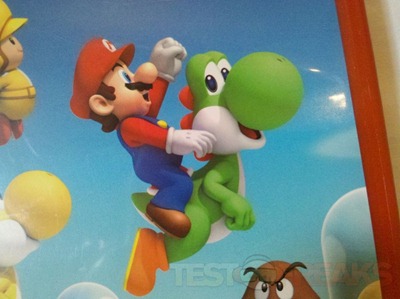
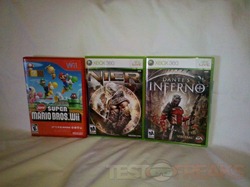
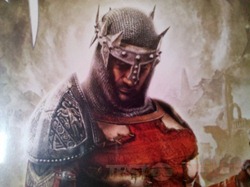
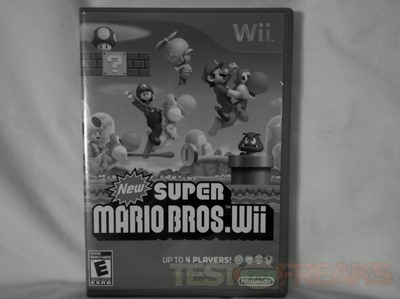
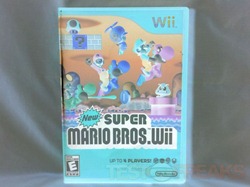
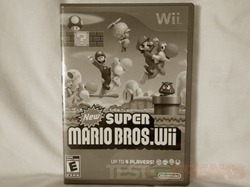
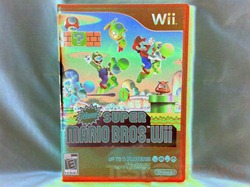
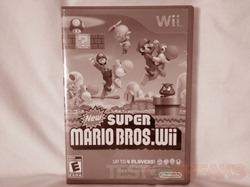
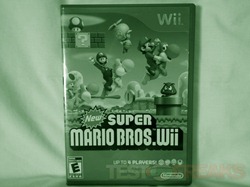
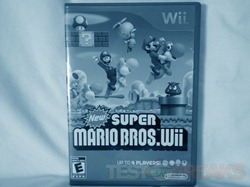





2 comments for “Review of Motorola Droid 2”